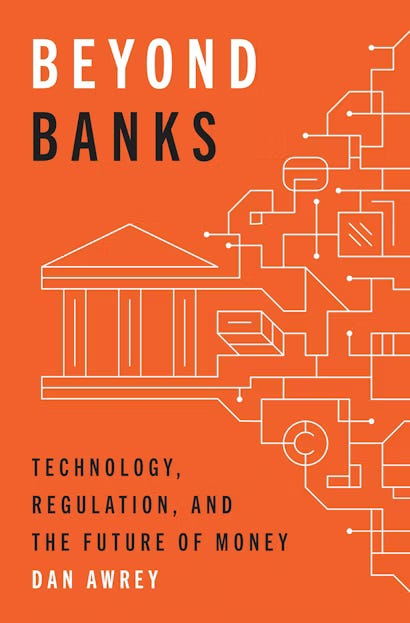Gresham’s New Law
PayPal and the Future of Money
“Money is, always and everywhere, a legal phenomenon.” — Dan Awrey
If you want to understand the nature of money in the 21st century, a good place to start is with PayPal. Look inside the company’s public filings and you’ll find three kinds of money, all promising broadly the same thing – a dollar of value for a dollar of “money” – yet each constructed on a different basis.
First, there’s what’s in customer wallets. At the end of June, users held around $41.7 billion of cash in PayPal accounts. Many regard these balances as bank deposits – but that would be a mistake. PayPal Holdings Inc is not a bank and doesn’t enjoy any of the protections that are afforded to banks. As its terms and conditions make clear, those funds “represent unsecured claims against PayPal that are not eligible for FDIC insurance.” Fortunately, the average balance is only $98 across the company’s 429 million strong active user base, but if PayPal were to fail, getting that money back would be hard.
Then there’s the cash PayPal channels to partner banks on behalf of customers. The company signed a deal with Synchrony Bank three years ago to offer savings accounts that sit on Synchrony’s balance sheet but are operated via PayPal. The account currently offers a 4.3% annual percentage yield plus up to $250,000 federal deposit insurance coverage in the event Synchrony runs into trouble. PayPal additionally has deals with Goldman Sachs and Wells Fargo, where it places funds held in debit card accounts. No interest on these, but customers are protected if the underlying bank fails.
Finally, there’s a new type of money PayPal launched just last year in conjunction with crypto firm Paxos. Stablecoins have been around for a while – we’ve discussed them here before – but now alongside USDT (issued by Tether) and USDC (issued by Circle), you can buy PYUSD, issued by Paxos and branded by PayPal. Like the others, 1 PYUSD is designed to maintain a stable $1 USD value. PayPal customers can buy, sell, hold and transfer it on the company’s platform, or shift it out of the PayPal ecosystem into a wallet address on the Ethereum and Solana blockchains. The company itself used it to pay an invoice to Ernst & Young in September. As of now, around $610 million PayPal USD is circulating, down from the peak of just over $1 billion at the end of August.
Most of the time, these different types of money appear the same. A dollar can shift between a bank deposit, a digital wallet and a stablecoin without any demonstrable change in value. The mechanism through which that value is assured, though, varies, and sometimes it can break down. Just ask customers of financial technology company Yotta, who lost access to money in their wallets after mistakes at Yotta’s partner bank. Or customers of crypto firm Celsius who thought they were saving into a bank-like product only to see their money get held up in bankruptcy proceedings. Or uninsured depositors of Silicon Valley Bank, who spent an anxious weekend lobbying authorities to widen the bank’s safety net to include them.
In a new book, Beyond Banks: Technology, Regulation, and the Future of Money, legal scholar Dan Awrey looks at the distinction. To make his point, Awrey reframes Gresham’s Law for the technological age. In its original formulation, Gresham’s Law notes that good and bad money cannot circulate together. It was named after Queen Elizabeth I’s banker, Sir Thomas Gresham, who warned that debased coins with a lower gold and silver content were being used in preference to good coins with the same face value. Her Majesty’s coinage had descended into an “unexampled state of badness,” Gresham told the Queen, where good coins – all her “ffine goold” – were being chased out of her realm.
Today, it is not gold or silver content that determines the intrinsic value of money, but laws and institutions that underpin it. At the same time, payments utility is determined by technological advances that can outpace changes to these laws and institutions. As a result, bad money often gets bundled with good payments. People are offered cheaper, faster, more convenient, more secure, and more accessible ways to send and receive money at the expense of the underlying money being less sound. In times of relative stability, bad money may offer a comparative advantage.
Awrey calls this Gresham’s New Law and lays out a blueprint to address it. His proposals recognise that money and payments increasingly pose different sets of policy challenges which bundling can blur. Before laying out his blueprint, though, he traces the origins of our current bundled system of banking, money, and payments. Modern money didn’t just appear – it has been refined over many years of boom and bust. “Banks and bank depositors benefit from some of the most sophisticated legal engineering the world has ever seen,” writes Awrey.

